Με αφορμή τους Ολυμπιακούς Αγώνες του Λονδίνου οι αρχιτέκτονες Αlisa Andrasek (Biothing) και Jose Sanchez (Plethora Project), σχεδίασαν και ενορχήστρωσαν ένα συλλογικό αρχιτεκτονικό παιχνίδι με την ονομασία Bloom. Το Bloom βασίζεται στον ψηφιακό σχεδιασμό των επιμέρους τμημάτων του, άλλα πολύ περισσότερο στην συλλογική εμπειρία της «τεχνητής κηπουρικής» μέσω της οποίας οι επισκέπτες θα μορφώσουν το δικό τους «φυτό». To Bloom χαρακτηρίζεται ως ένα αστικό παιχνίδι με τους κανόνες του να ορίζονται από τους σχεδιαστές του μέσω του μεγάλου αριθμού κυτταροειδών μορφολογιών – τμημάτων και της διαρκούς επανάληψης τους σε σχηματισμό νέων μοτίβων. Η πραγματική ενέργεια του παιχνιδιού προκύπτει από την διαδραστικοτητας των επισκεπτών καθώς απλές ακολουθίες τμημάτων μπορούν καταλήξουν σε διαφορετικές μορφές καθιστώντας το αποτέλεσμα μια ευχάριστη έκπληξη.
Πάνω από 60.000 τμήματα του Bloom βρίσκονται διασκορπισμένα σε όλο το Λονδίνο. Τα τμήματα αυτά σχεδιάστηκαν ψηφιακά και κατασκευάστηκαν μέσω διάχυσης ανακυκλωμένου πλαστικού με βάση ένα εκμαγείο.
BLOOM is an urban toy, a distributed social game and collective “gardening” experience that seeks the engagement of people in order to construct fuzzy BLOOM formations. A massive population of cells is introduced through the main “portal” of the game constructed by designers. The collective act of coming to one place and building something becomes a shared memory for each person attending. None of the pieces can do anything on its own, only by putting together thousands of them is when the game and the BLOOM garden emerge. The energy for BLOOM construction is sourced from people’s interactions. It becomes impossible to forecast what you can do with such game! BLOOM cells are all equal, but by recombining their 3 connections, infinity of different formations can emerge. You can try to intuitively assemble a chair or a bench, or construct a canopy.
Due to the flexibility and resilience of the building cells, the ‘rules’ of the game can be bent; you can twist them to find different shapes and discover new configurations! Like in the clouds, you can read the shapes in BLOOM formations… is it a swan, a rabbit, a space ship? Simple combinations between cells can produce different sequences. By recombining 3 different connections in each cell, or following rhythms of repeating strings of same connections (like in music!) you can build a ring, a spiral or a distributed branch, amongst others. Only by playing and discovering does the actual ‘design’ emerge. The final piece is a collective act of imagination, search and play.
Over 60.000 Bloom cells are to be scattered throughout London for the upcoming Olympics! The cells are all the same, done by a process of injection molding in recycled plastic. Only with this system we could have achieved so many pieces in very little time.
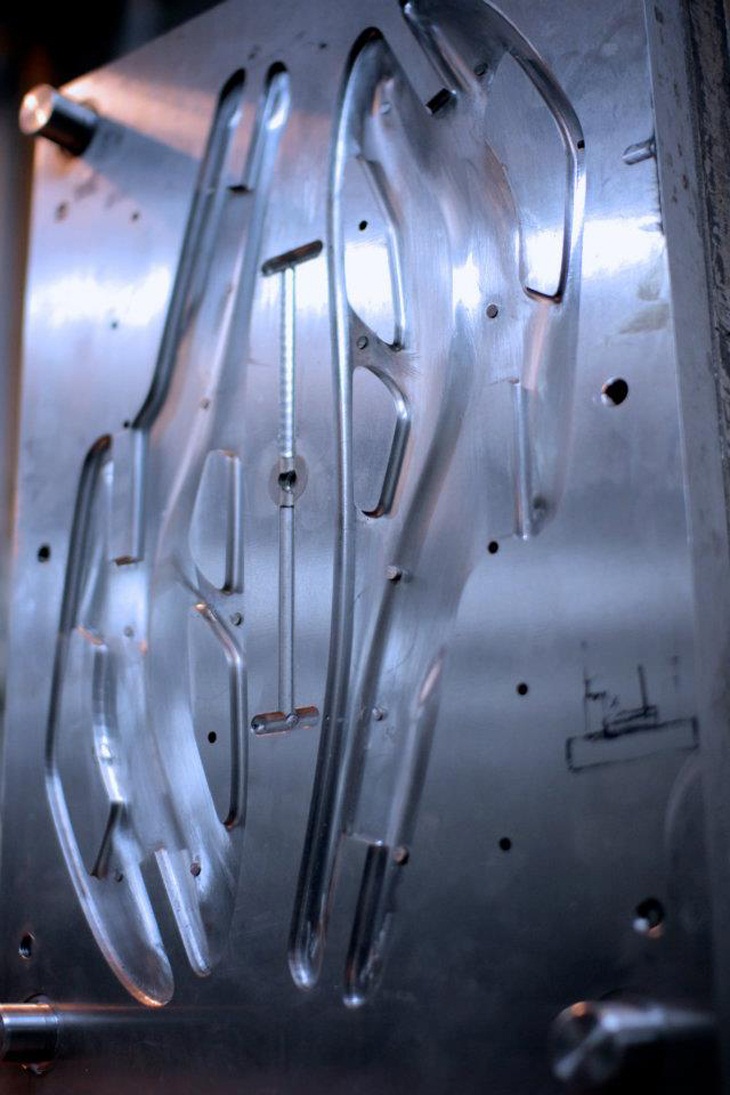 BLOOM – ΤΟ ΕΚΜΑΓΕΙΟ ΓΙΑ ΤΗΝ ΠΑΡΑΓΩΓΗ ΤΩΝ ΤΜΗΜΑΤΩΝ ΤΗΣ ΕΓΚΑΤΑΣΤΑΣΗΣ
BLOOM – ΤΟ ΕΚΜΑΓΕΙΟ ΓΙΑ ΤΗΝ ΠΑΡΑΓΩΓΗ ΤΩΝ ΤΜΗΜΑΤΩΝ ΤΗΣ ΕΓΚΑΤΑΣΤΑΣΗΣ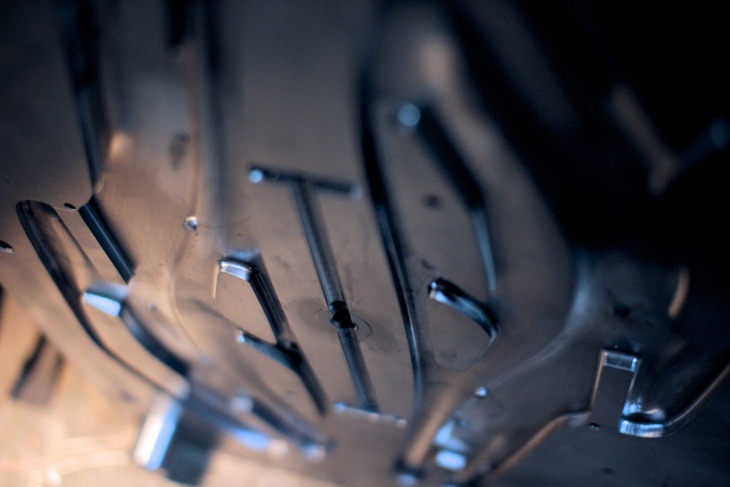 BLOOM – ΤΟ ΕΚΜΑΓΕΙΟ ΓΙΑ ΤΗΝ ΠΑΡΑΓΩΓΗ ΤΩΝ ΤΜΗΜΑΤΩΝ ΤΗΣ ΕΓΚΑΤΑΣΤΑΣΗΣ
BLOOM – ΤΟ ΕΚΜΑΓΕΙΟ ΓΙΑ ΤΗΝ ΠΑΡΑΓΩΓΗ ΤΩΝ ΤΜΗΜΑΤΩΝ ΤΗΣ ΕΓΚΑΤΑΣΤΑΣΗΣ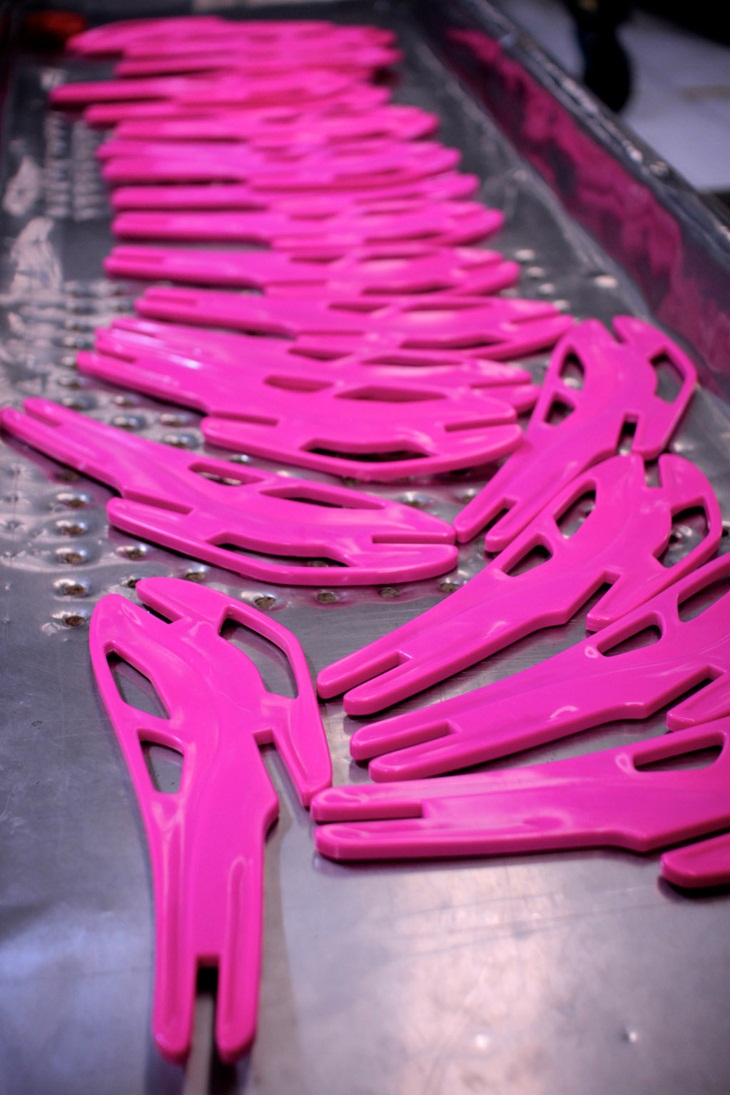 BLOOM – ΤΑ ΠΛΑΣΤΙΚΑ ΤΜΗΜΑΤΑ ΤΗΣ ΕΓΚΑΤΑΣΤΑΣΗΣ
BLOOM – ΤΑ ΠΛΑΣΤΙΚΑ ΤΜΗΜΑΤΑ ΤΗΣ ΕΓΚΑΤΑΣΤΑΣΗΣ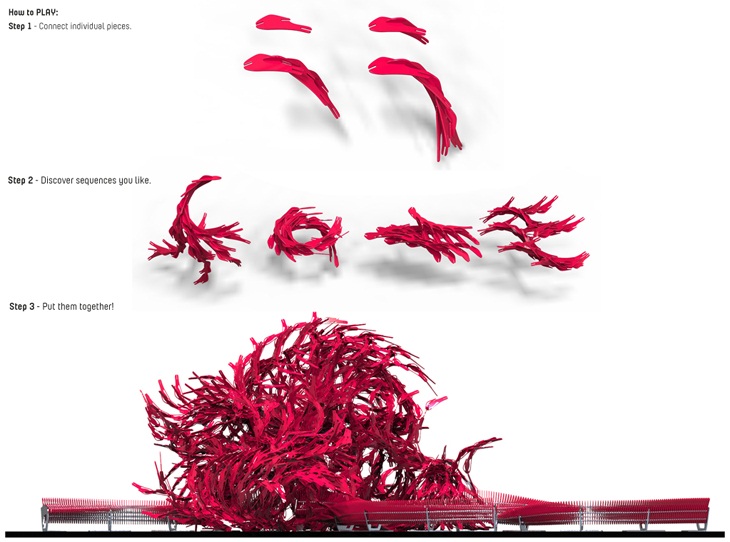 BLOOM – ΟΙ ΚΑΝΟΝΕΣ ΤΟΥ “ΠΑΙΧΝΙΔΙΟΥ”
BLOOM – ΟΙ ΚΑΝΟΝΕΣ ΤΟΥ “ΠΑΙΧΝΙΔΙΟΥ”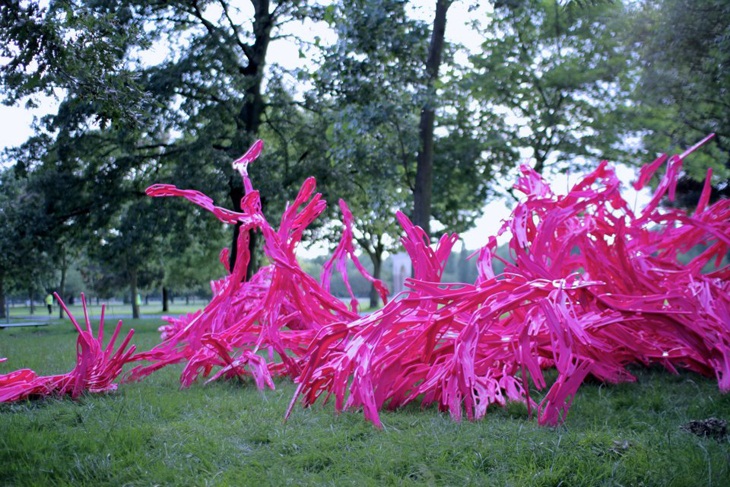 BLOOM – ΕΝΑΛΛΑΚΤΙΚΗ ΑΠΟΨΗ ΤΗΣ ΕΓΚΑΤΑΣΤΑΣΗΣ
BLOOM – ΕΝΑΛΛΑΚΤΙΚΗ ΑΠΟΨΗ ΤΗΣ ΕΓΚΑΤΑΣΤΑΣΗΣ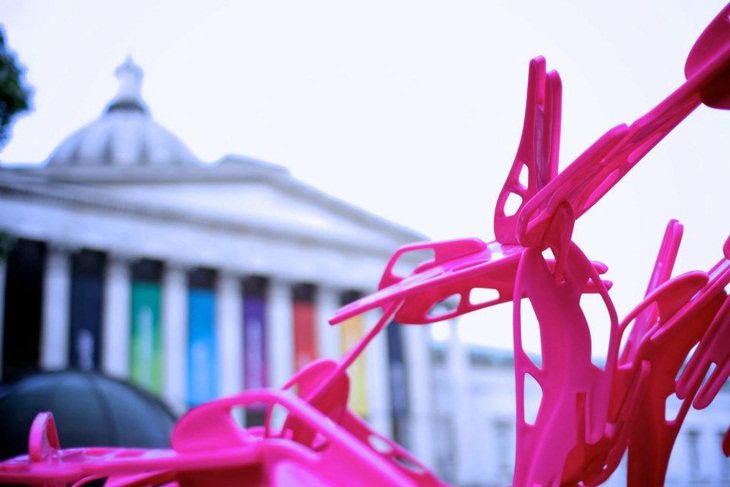 BLOOM – ΕΝΑΛΛΑΚΤΙΚΗ ΑΠΟΨΗ ΤΗΣ ΕΓΚΑΤΑΣΤΑΣΗΣ
BLOOM – ΕΝΑΛΛΑΚΤΙΚΗ ΑΠΟΨΗ ΤΗΣ ΕΓΚΑΤΑΣΤΑΣΗΣ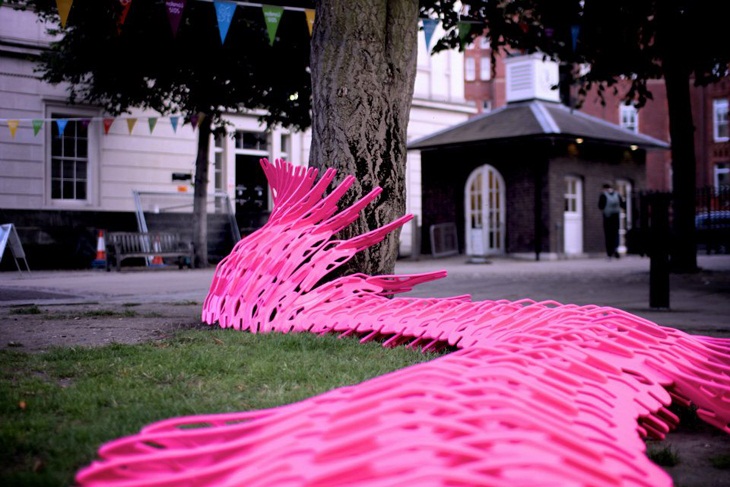 BLOOM – ΕΝΑΛΛΑΚΤΙΚΗ ΑΠΟΨΗ ΤΗΣ ΕΓΚΑΤΑΣΤΑΣΗΣ
BLOOM – ΕΝΑΛΛΑΚΤΙΚΗ ΑΠΟΨΗ ΤΗΣ ΕΓΚΑΤΑΣΤΑΣΗΣ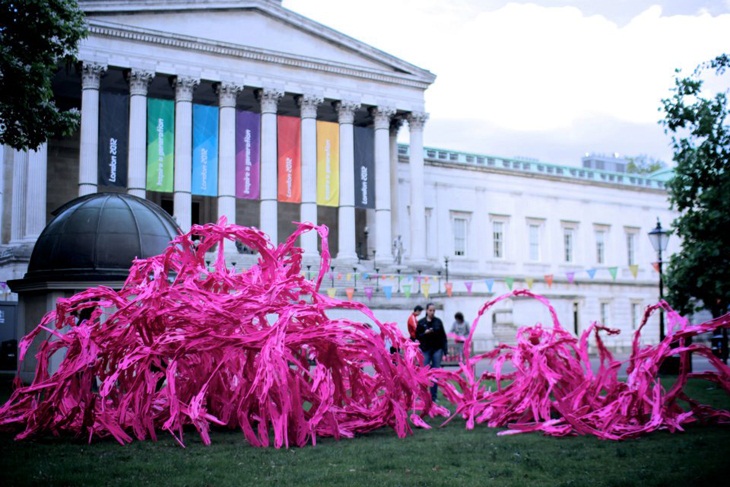 BLOOM – ΣΤΟ U.C.L
BLOOM – ΣΤΟ U.C.L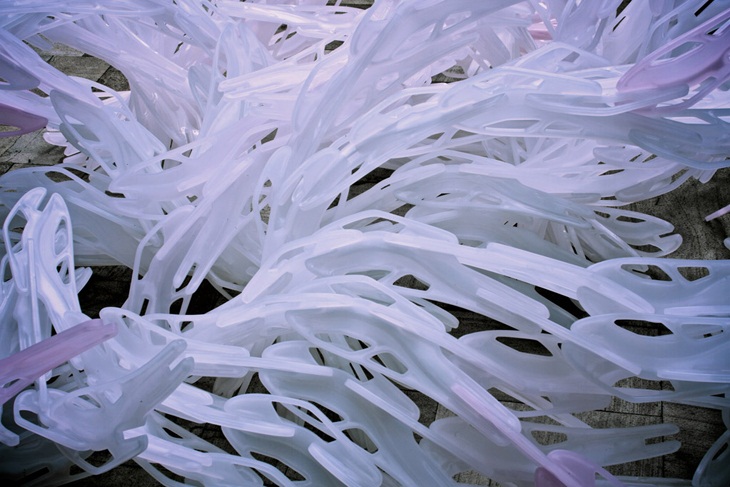 BLOOM – ΕΝΑΛΛΑΚΤΙΚΗ ΑΠΟΨΗ ΤΗΣ ΕΓΚΑΤΑΣΤΑΣΗΣ
BLOOM – ΕΝΑΛΛΑΚΤΙΚΗ ΑΠΟΨΗ ΤΗΣ ΕΓΚΑΤΑΣΤΑΣΗΣ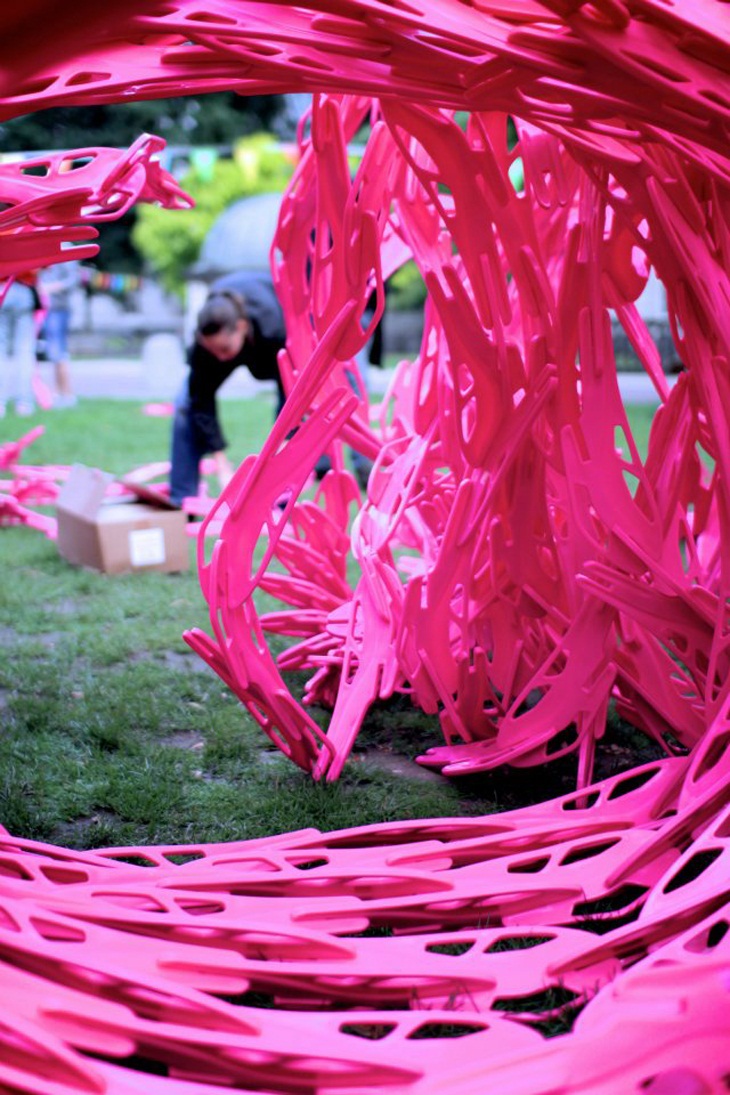 BLOOM – ΑΠΟΨΗ ΤΗΣ ΕΓΚΑΤΑΣΤΑΣΗΣ
BLOOM – ΑΠΟΨΗ ΤΗΣ ΕΓΚΑΤΑΣΤΑΣΗΣREAD ALSO: LONDON BASKETBALL ARENA / WILKINSON EYRE ARCHITECTS